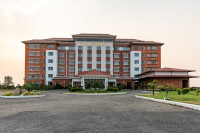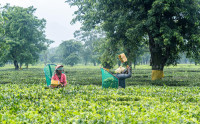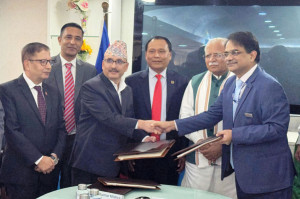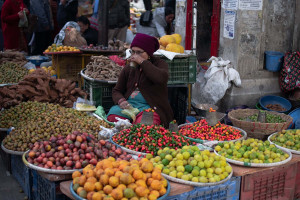Money
ADB ready to boost annual lending to Nepal by 60pc
The Asian Development Bank (ADB) has stated that it is ready to increase its annual lending to Nepal by 60 percent from 2017. The bank has been investing about $275 million annually in Nepal in the last five years.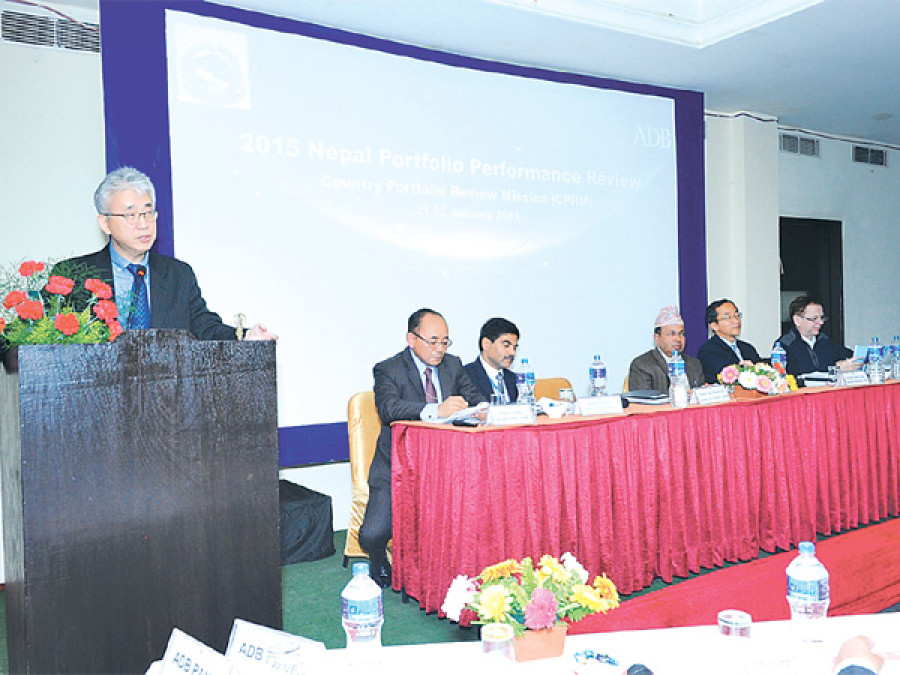
The Asian Development Bank (ADB) has stated that it is ready to increase its annual lending to Nepal by 60 percent from 2017. The bank has been investing about $275 million annually in Nepal in the last five years.
Speaking at the 2015 Nepal Country Portfolio Review in Kathmandu on Thursday, Director General Hum Kim of the ADB’s South Asia Regional Department said, “I am glad to inform that starting 2017, our overall commitment level of concessional facilities for Nepal can be increased by 60 percent following the rearrangement of the ADB’s balance sheet without affecting our credit rating.”
Kim urged the government and the ADB in Nepal to improve the implementation and performance of ADB-funded projects to tap the opportunities of the increased lending space.
“We are hoping that Nepal will be able to fully tap this opportunity to increase ADB operations to address the country’s critical bottlenecks in infrastructure and human capital by preparing readily investable projects and strengthening the implementation capacity of the project executing agencies.”
According to the ADB, Nepal’s overall performance of its portfolio has been trailing behind the ADB average.
Of the available funding of $1,733 million spread over 33 investment projects, 55 percent is still to be contracted and 72 percent remains to be disbursed.
Most problems are related to lower level of readiness of projects at approval, human resources and capacity constraints affected by frequent staff transfers, procurement delays and risk, weakness in contract and project management, financial control and the long time required for acquisition of land and forest clearance.
Country Director Kenichi Yokoyama of the ADB Nepal Resident Mission said the year 2015 was challenging because of the earthquakes in April and May. “While we were still recovering from the shocks, the trade and supply disruption started in September, affecting almost all project operations,” Kim said.
Likewise, Finance Secretary Lok Darshan Regmi said that the country had failed to capitalize on the resources available as disbursement ranges at just around $150 million per year, which is half the annual approval.
“This has caused a big backlog of unutilized portfolio in the ADB. More than 70 percent of our portfolio is yet to be disbursed. This calls for doubling our effort,” Regmi said.
According to Regmi, ADB-supported flagship projects like Melamchi Water Supply, Tribhuvan International Airport expansion and South Asia Sub-Regional Economic Cooperation (Sasec) power and road projects have not progressed as expected.
In spite of the adverse situation, projects like Gautam Buddha Airport and Tanahu Hydropower are moving ahead, according to Regmi. He stressed the need to work hard to regain the momentum lost in 2015.
Five projects rewarded
The Country Portfolio Review Mission of the Asian Development Bank (ADB) on Thursday awarded a number of projects to recognize and appreciate their strong performance despite a challenging project implementation environment in 2015.
Five projects received the Best Project Management team award for their good delivery of outputs like contract awards and disbursement, including their quality. Community Managed Irrigated Agriculture Sector Project-Additional Financing; Community Irrigation Project; Second Small Towns Water Supply and Sanitation Sector Project; Information, Communication and Technology Development Project (Public Service Commission component) and Tanahun Hydropower were among the award recipients. Raising Income of Small and Medium Farmers Project won the best performance award in the thematic area of gender and inclusion. Kalika Construction J/V was awarded for being the best performing contractor in 2015 for the construction over the Koshi River at Chatara under the Emergency Flood Damage Rehabilitation Project in 2015.




 18.12°C Kathmandu
18.12°C Kathmandu

